A Day at Cotter Schools: A Warm Welcome and a Glimpse into Student Life
- tony65993
- Jun 30
- 5 min read
At 7:30 AM, the sky in Minnesota had just begun to lighten. Our GE school visit group had gathered in the hotel lobby, eagerly anticipating our visit to Cotter Schools. At 7:50 AM, a bright yellow school bus pulled up right on time in front of the hotel, and the admissions director, Jeff, stepped off the bus with a warm smile that instantly melted away the drowsiness from our early start.

"Welcome to Winona!" Jeff's voice was loud and clear. "My son also attends Cotter, so today I'm not just showing you a school, but our home." His heartfelt opening remark immediately brought us closer together. While taking a photo in front of the bus, Jeff kept his professional camera raised, capturing every moment.

Once on the bus, Jeff introduced us to the school’s transportation system: "We have six full-time drivers on rotation to ensure students can travel without worry." The drive from the hotel to campus only took 8 minutes. Winona, a small town centered around the school, exuded a peaceful and calm atmosphere. "The only 'traffic jam' here is the occasional train passing through town," Jeff chuckled. "But for us, waiting for the train to pass is a great opportunity to enjoy the scenery. The locals all use Lyft for taxis, so transportation is very convenient."

As the bus slowly drove into campus, the first sight was the school's visitor center. Upon entering, the warm air mixed with the aroma of coffee and baked pastries. The school had prepared a meeting room for the GE team, with a long table covered in a delicious breakfast: fresh fruits, assorted pastries, freshly brewed coffee, and tea, including green tea specially prepared for the Asian visitors.

Greg, representing the GE team, introduced the members of the GE team and the consulting teachers who joined the visit.
The Cotter staff remarked, "We noticed that there are team members from different countries, so we specially prepared multilingual welcome packages." Sure enough, each seat had a personalized schedule, a school mascot toy, and a blue scarf (the school's representative color). Most impressively, the materials were available in various languages, including Chinese, English, Spanish, and others.
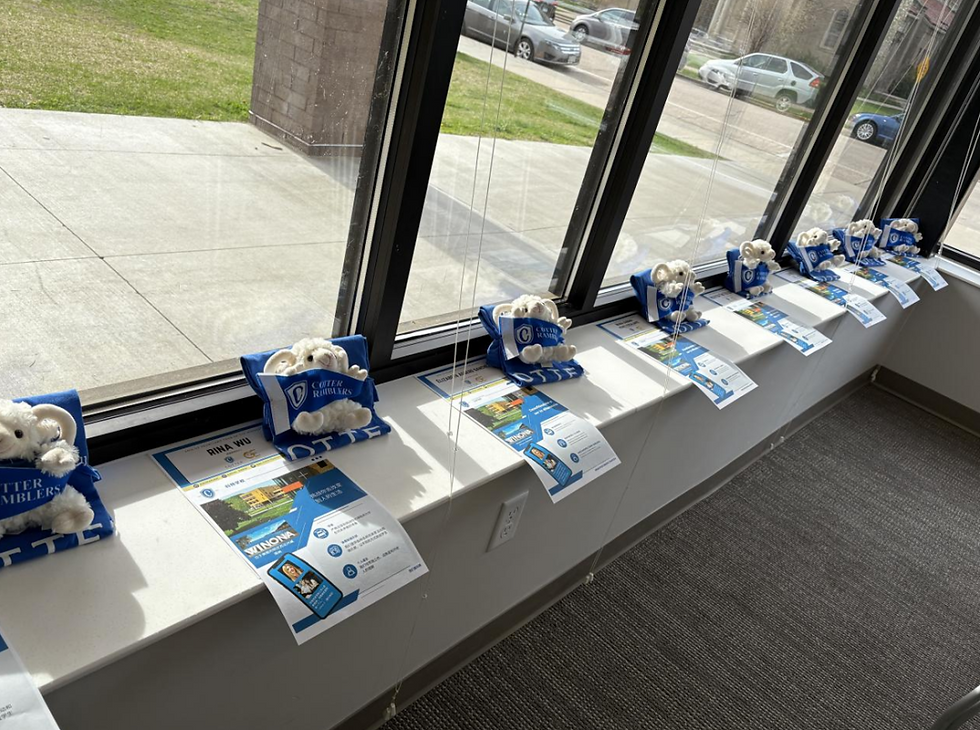


Afterward, Admissions Director Jeff led the team on a campus tour, and our first stop was the Arts Building. As we pushed open the heavy oak doors, the sound of a piano echoed down the hallway. Art teacher Jacque proudly introduced, "This is not just a place for classes, but a hub for creativity."

The Arts Building features four professional dance studios, all equipped with spring floors up to industry standards. During the summer school program, the school offers a two-week dance boot camp (costing $2,400), which includes professional training and also manages students' daily meals and accommodations. "There is a dedicated passage from the dormitories to the Arts Building."
The theater is the highlight of the Arts Building. With a seating capacity of 200, the theater has a tiered design to ensure optimal views for every seat.


Leaving the Arts Building, we moved on to the John Nett Recreation Center, where the gymnasium is equipped with college-standard fitness equipment. The coach has rich international teaching experience and has previously taught at the Shanghai International School. The center also has six tennis courts, two basketball courts, and several indoor sports courts, all connected for easy access between classes and sports activities.

After visiting the recreation center, we arrived at another location, the HBP Theater, where the school had arranged a special band performance to welcome us. After the performance, we also had the chance to visit Mr. Andrew Meurer's music class.
Through a glass corridor, we arrived at the high school academic building, St. Joseph Hall. Recently renovated in 2021, the building blends traditional elements with modern technology, with the historic stone walls housing intelligent classrooms. The building connects seamlessly to the dormitory via enclosed walkways, both above and below ground, ensuring safe and direct access between buildings.



Jeff invited the academic directors for grades 8-12 to introduce the school’s academic programs. Having taught at Cotter since 1996, they continue to refine and improve the school's offerings, aiming to provide students with the best possible experience. Many alumni have returned to teach, and their children also attend Cotter. Each class can accommodate up to 16 students, and if a class exceeds that number, a new class will be created.

After hearing about the school’s educational philosophy from the academic directors, we visited several classrooms, including English, Chemistry, and Biology. We experienced Mrs. Sandy Bussian's AP Biology class, where 24 students were enrolled this year. Those who score 3 or above on the AP exam can earn college credit.
Regarding religious courses, Jeff gave a detailed explanation. Students are not required to follow a particular faith, as it is simply a tradition of the school. Students are required to take five core courses: English, Math, Literature, Religion, and Physical Education/Arts, with a variety of electives available for other subjects.

We also visited Mr. Spencer Hodge’s Photography class.

Among the most interesting was Mr. Eric Paulsen's STEM and Engineering class. The STEM classroom is equipped like a small tech company, with 3D printers, laser engravers, and robotics kits. Mr. Eric Paulsen explained how robotics and 3D printing work and invited us to try out 3D printing ourselves.
After touring the academic building, we walked through the connecting corridors to the dormitories. Along the way, we passed through a student dining area. The dorm parents gave us an introduction.

The dormitory building, newly constructed in 2021, houses up to 72 students, with separate floors for boys and girls. There are seven dorm parents on duty. The dorms feature a kitchen, a common activity room, and a laundry room, which is free for student use. Laundry hours for boys and girls are scheduled separately. Single rooms are assigned based on the dormitory's capacity, with priority given to 12th-grade students, and no additional fee is charged for single rooms.


After the dormitory tour, the school arranged for the visit team to have lunch with current students to exchange experiences. The Vietnamese and Mexican subagents met their students. After lunch, the school organized a student panel, where students shared their experiences of learning and living at Cotter, including college counseling, sports programs, weekend activities, and dress codes. There is no dress code for the dorms, but there are specific rules for the campus.
The students also mentioned that weekend activities were rich and varied, including attending professional sporting events, day trips, shopping, and dining. Every week, there are different activities to choose from, with no additional charge. The local community is very welcoming, especially to boarding students, and is happy to host students during holidays. The school’s religious atmosphere is not strong, and international students can easily integrate. Many international students even return to Cotter with their relatives, friends, and younger siblings after graduation. About 50-80 students graduate each year, with 3 current Chinese students, one of whom is graduating this year.

Of course, students also suggested improvements. Asian students hope the school can offer more rice-based dishes. Students are allowed to order takeout, and more opportunities to visit downtown could be arranged. Jessica, a Chinese student, added, "The suggestions we made last year have already been implemented this year."

After the student panel, the school thoughtfully arranged a brief city tour, showing the visit team the surrounding town of Winona. From the top of the hill, we had a breathtaking view of the entire town, and the beautiful weather made the experience even more memorable. It gave us all a more comprehensive understanding of this small town.








































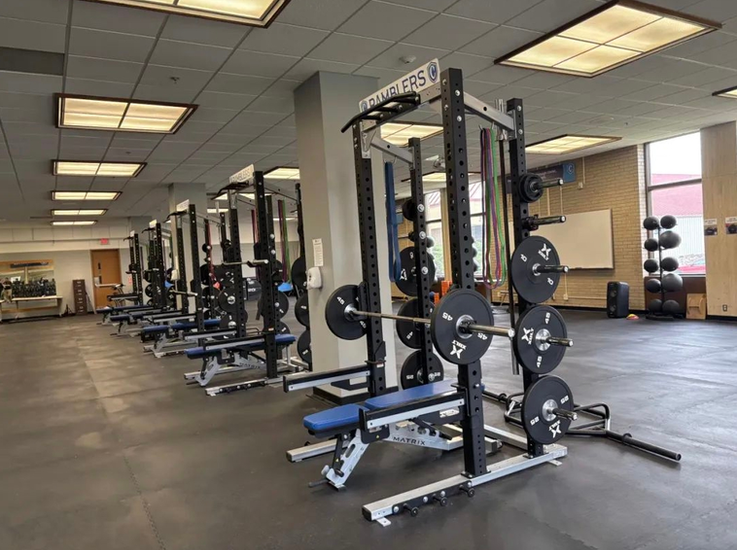





























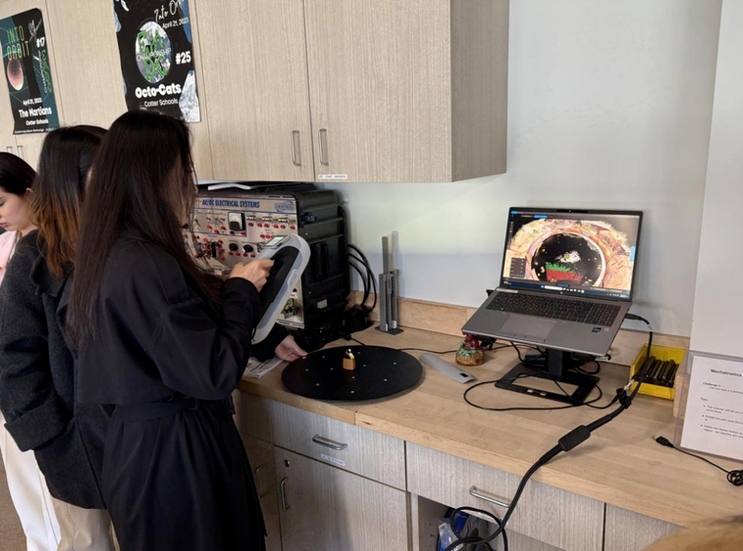



















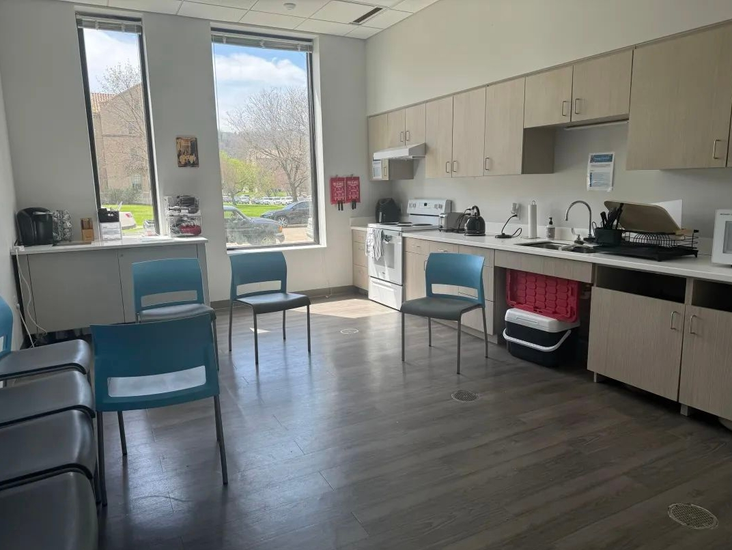

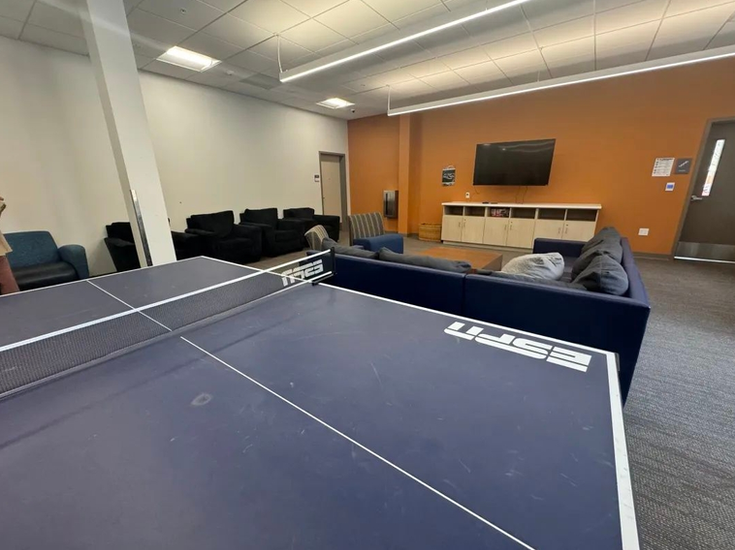







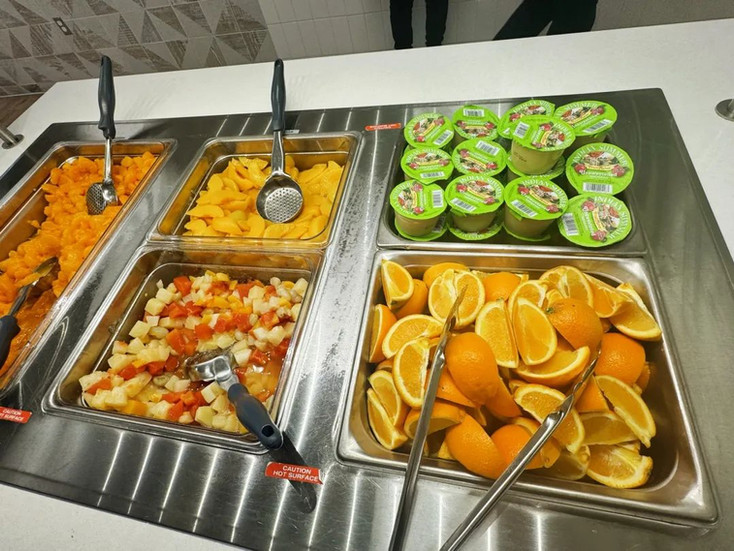









Comments